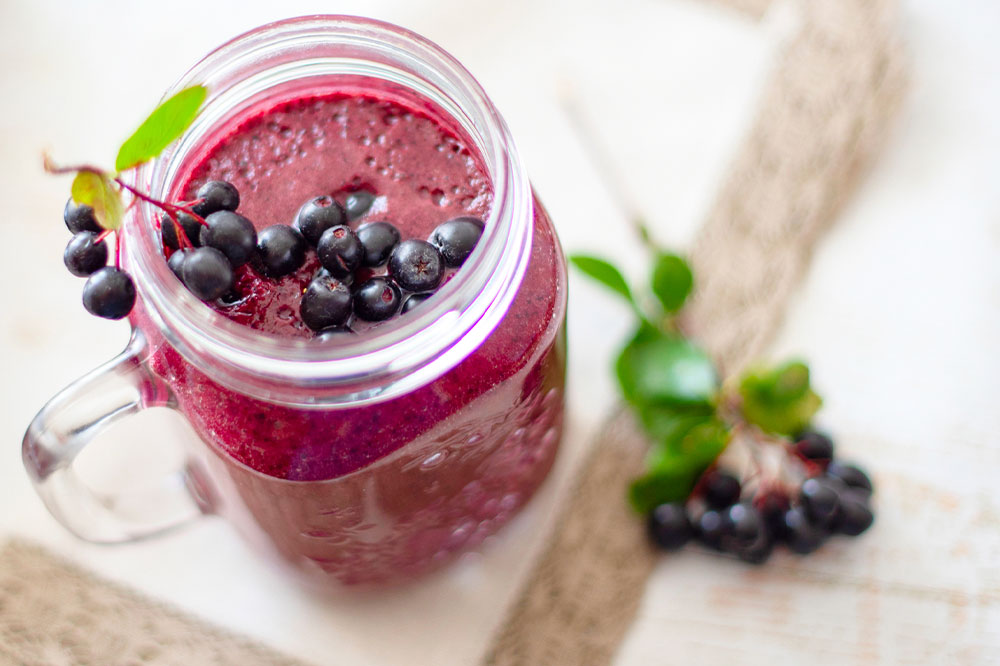
6 healthy smoothies for managing arthritis symptoms
Smoothies require just a few ingredients and can be whipped up fresh every time one craves a cool, nutritious beverage. The best part is that most ingredients, especially fruits and vegetables, used in popular smoothie recipes are excellent sources of nutrients that help improve overall health and manage existing conditions like arthritis. So, here are a few healthy smoothies that can help one manage pain and other symptoms associated with arthritis:
Cherry smoothie
Cherries are a rich source of antioxidants called anthocyanins that actively fight oxidative stress and prevent healthy cell degeneration. One can add a couple of almonds and blueberries to the smoothie to enhance the antioxidant properties. Finally, all one has to do is blend the ingredients with coconut water, which is naturally rich in potassium and helps lower inflammation by flushing out the excess sodium in the cells.
Blueberry-ginger smoothie
Blueberries are another great source of anthocyanins that help counter inflammation and prevent oxidative stress from damaging healthy cells. Ginger is a multipurpose root that also counters inflammation, helps in digestion, and relieves symptoms like nausea or vomiting. One can either use almond milk or any other drink for the base of the smoothie and add a few spinach leaves and half a banana to the ginger-blueberry mix to make the drink thicker. One can top it off with some aromatic cinnamon and add honey to give the smoothie natural sweetness.
Pineapple-turmeric smoothie
Bromelain, one of the key compounds found in freshly cut pineapples, helps counter inflammation. Turmeric also boasts anti-inflammatory properties due to its active enzyme that blocks pain triggers associated with arthritis. To make the smoothie, one can simply peel and cut the pineapple into small cubes before mixing it with turmeric and water. Then, one can add orange, some lemon zest, and fresh ginger to enhance the flavor of the smoothie and blend all the ingredients.
Kiwi-kale smoothie
Studies suggest fruits rich in vitamin C, like kiwi, can help improve immunity and reduce pain. Additionally, kale is rich in carotenoids that actively counter inflammation, one of the most persistent symptoms of arthritis. A kiwi-kale smoothie can have plain water as the base. One can add peeled oranges and mangoes to the mix to enhance the flavor.
Orange-ginger smoothie
Oranges are excellent sources of vitamin C, essential for boosting immunity and countering arthritis pain that develops with persistent flare-ups. Adding freshly ground ginger to the drink not only enhances the flavor but it also counters inflammation and aids in digestion. One can use milk or water as the base. Alternatively, a celery-ginger smoothie can also help relieve arthritis pain.
Mango-melon smoothie
This is the perfect blend of tropical fruits to beat the summer heat. To the fruits, one can add celery, strawberries, and other antioxidant-rich fruits and veggies to manage inflammation and flare-ups linked to arthritis. Celery is a rich diuretic that helps flush out uric acid crystals accumulating at the base of joints and causing pain.


